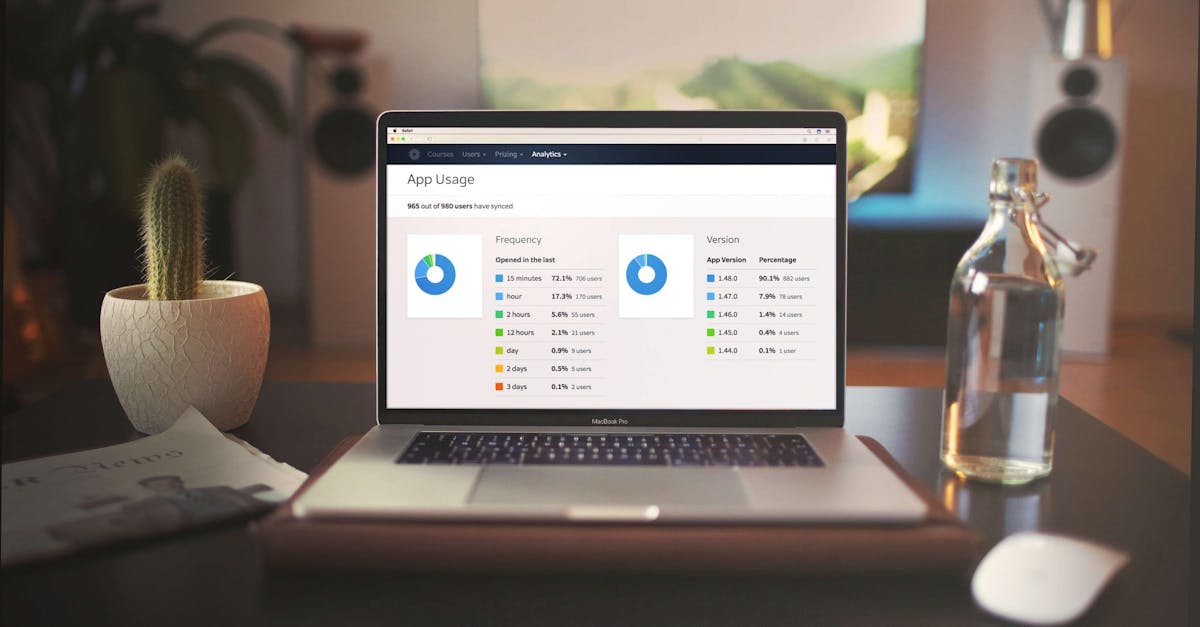Blended Elearning

Interaction is key in learning as it creates a sense of belonging. As humans are social creatures, a sense of belonging during learning helps learners feel respected and increases the desire and readiness to learn.
Research has also shown that certain aspects of employee learning and development, such as motivation, dropout rates and performance, were correlated with feelings of belonging. However, traditional eLearning courses cause alienation as they take place in isolation, and tend to not take in consideration how social interactions affect learning, unless of course steps like social learning have been taken to reduce alienation between learners. In such cases, blended learning has been found to be effective in creating a sense of belonging in learners. As most learning professionals would know, blended learning is an amalgam of traditional eLearning and modern approaches to learning. Learning can only be successful when it offers a perfect balance of knowledge as well as interaction. As blended learning can offer both, it creates a sense of belonging in learners.
1. Blended Elearning & Learner-Instructor Interaction
Human-beings crave interaction, particularly in learning. As almost all learners have had a traditional classroom learning experience during their formative years, it is the learning methodology they are more comfortable with, however is not always effective. Blended learning utilizes training strategies, facilitates feedback and encouragement, and guides learners all via eLearning. This has a positive effect on the learning as well as the retention process for employees. eLearning modules also clarify issues, reinforce crucial points and provide learners with the correct interpretation of the subject matter, stimulating employees’ interest and motivation. Blended learning is suitable for both employees who prefer self-study and those who prefer a little more direction, as modern eLearning modules accommodate both.
2. Blended Elearning & Learner-Learner Interaction
Even if certain learners do not benefit from learner-instructor interaction, they certainly would from interacting with other learners. Blended learning allows interactions of learners with other learners, as well as with groups of learners. It is a proven scientific fact that learner-learner interaction tends to lead to better learning for all individuals as well as higher satisfaction from learning. Learners are also better motivated to learn when learning happens in a group. Blended Learning also offers more chances of learner-learner interactions through technology, utilizing techniques such as gamification. Gamification implements gaming elements into course modules, such as leader boards, point scores, star bars and real prizing.
3. Blended Elearning & Learner-Content Interaction
For those learners who don’t learn better with human interaction and prefer to interact with the content instead, blended learning remains a great learning strategy, as it allows them to learn wherever they want, whenever they want. Learner-content interaction is actually the whole point of any type of learning, and the deeper a learner is engrossed in interacting with the content, the better chances of learning and retention. It is to ensure this interaction that blended learning has a perfectly balanced amount of both traditional classroom as well as eLearning. Blended Learning is an ideal learning strategy precisely because it is learner-centric, and provides learners with options on how they want to consume content. Nothing gives employees a greater sense of belonging than having the freedom to make their own choices.
Blended learning and a sense of belonging go hand in hand. In fact, the success of blended learning as a learning strategy can be attributed to its promotion of social learning as well as the three types of interactions mentioned above. Traditional eLearning and modern eLearning techniques are not meant to be polar opposites, but are meant to be complementary to ensure balanced learning and proper retention.
Blended learning is, at its core, a controlled learning environment which provides learners with valuable and worthwhile social activities while giving them the choice to learn on their own terms. The sense of belonging that is developed fosters employees’ happiness, influence, production, and success. Corporate organizations should leverage the power of blended learning to boost their employee learning and development to enjoy the benefits of a better-trained, well-informed and highly-skilled workforce.
If you would like to learn more about how to build the most effective employee training strategy!
If you’d like to know more about how EdApp’s mobile learning platform can help your internal training practices, get in touch at enquiries@edapp.com. You can also try EdApp’s Mobile LMS and authoring tool for free by signing up here.
You might also be interested in this article:
www.edapp.com/blog/blended-learning/
Curated course examples
Author
Guest Author Daniel Brown
Daniel Brown is a senior technical editor and writer that has worked in the education and technology sectors for two decades. Their background experience includes curriculum development and course book creation.
